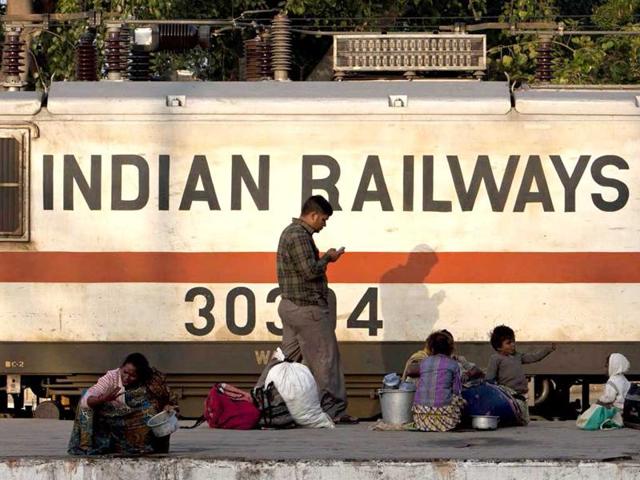Indian Railways must scrap surge pricing and other exploitative charges
Indian Railways is rapidly slipping into a financial morass and terminal debt trap. To avert the impending tragedy, it’s time to think anew
Prime Minister Narendra Modi is scheduled to inaugurate a two-day meeting on November 18, which will deliberate on creating a bigger Indian Railways (IR) by leveraging its capex of $125 billion.

For the first half ending September, its Gross Traffic Earnings (GTR) have declined by 4.5% as against targeted growth rate of 13% and its operating ratio has deteriorated to 114%. It is likely to report net loss of Rs 25,000 crore in the current year. It is tragic that IR proposes to increase financial leverage by $75 billion that too for un-remunerative projects like bullet trains, at a time when it is not generating enough operating cash surplus to service its existing debt or to make adequate provision for a Depreciation Reserve Fund. Despite these challenges, nobody seems to have the and courage to apprise Modi about the unprecedented financial crisis facing IR.
Read: Why the Indian Railways’ dynamic pricing system is a step in the right direction
Negative growth in GTR is primarily due to falling freight and passenger volumes. Currently, freight volumes and earnings are declining at a perilous rate of 9%. The key reasons for falling volumes are neither cyclical downturn nor capacity constraints, but the deteriorating competitive edge of the IR. It mindlessly increased passenger and freight rates by 70% even in segments where it is continuously losing market share. Now even coal volumes are declining. It is losing market share in other freight segments and AC classes of passenger business.
Read: Worried about railway fares? Here’s all you need to know about dynamic pricing
Indian Railways is rapidly slipping into a financial morass and terminal debt trap. To avert the impending tragedy, it time to think anew. Variables like the nature of the railways business, its relative competitive position and variability of costs have to be re-visited. The erosion of competitive strength is unlikely to be solved by regulation; instead it requires putting aside the monopoly mindset and offering superior and compelling value to customers. Indian Railways is suitable for implementing a scale-driven operating strategy: Play on volumes, reduce unit cost, reduce prices, gain margins and market share and earn billions of dollars in profits.
The whole demand side strategy can be encapsulated in three words: Dynamic, differential and market-driven. Since variability of cost is negligible, its pricing strategy has to be based on marginal costing and its emphasis has to shift from pricing per passenger/tonne to maximising profits through yield and margins per train.
In future, it should shun any increase in passenger or freight rates which affects its competitive strength. On the other hand, for playing the volume game, as was done successfully during 2004-09, rates have to be reduced substantially for many business segments.
For regaining long distance traffic of coal it should boldly decide that delivered cost of domestic coal transported by the Railways would be more than cost of imported coal in equivalent calorific terms.
Surge pricing for AC classes and other exploitative charges should be scrapped immediately.
Lalu Prasad is former minister for railways and Sudhir Kumar, a former bureaucrat
The views expressed are personal





